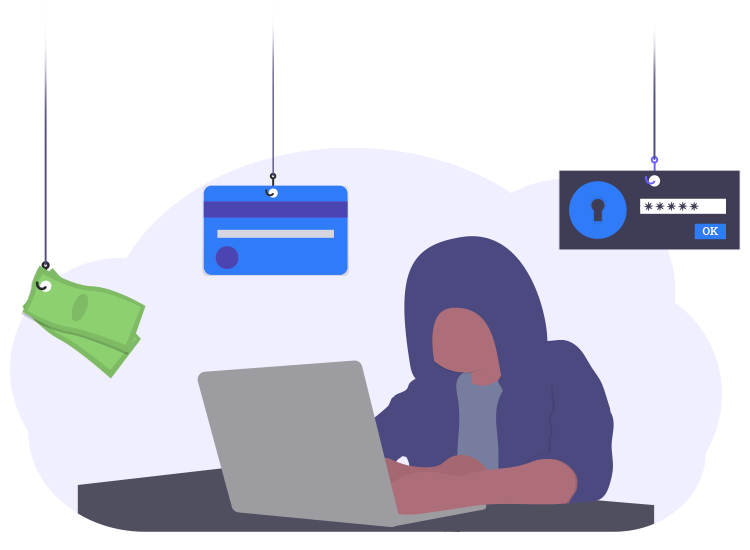
Similar to phishing, pharming is a form of cybercrime in which a website’s traffic is manipulated to steal confidential information. This concept arises from two words “phishing” and “farming.” So, how can I protect myself from a pharming attack?
Basically, pharming involves the exploitation of the Internet browser and web browsing activity. To explain it further, it can be said that the sequence in which the letters form the internet address or URL that’s transformed into an IP address by a DNS server to establish the connection is manipulated in one or two ways.
What hackers do: they install a virus or Trojan on the victim’s computer to change the computer’s hosts file in order to direct traffic away from the intended destination and redirect it towards a fake or malicious website instead.
Alternatively, hackers might infect the DNS server to redirect multiple users inadvertently to fake websites. This type of pharming is more dangerous because it can impact a huge number of users. Taking precautions by manually entering the URL or even having a malware-free computer is not going to safeguard the users against this technique of pharming scam.
Fake websites are laden with Trojans and viruses that get installed on the user’s computer. Consequently, the installed spyware or other form of malware can collect confidential information regarding the user leading to identity theft and financial information collection.
What can I do to protect myself against pharming attacks?
Being smart in the choosing websites you visit, especially those dealing with personal or financial information is obviously your first line of defense. Whenever a site appears strange, the address looks fishy, or you pick up any other strangeness about the site, then navigating away is the best step that you can take.
Other obvious signs of fake websites include the lack of the HTTPS protocol in the URL. If there is no lock icon in the address bar or the security certificate does not appear to be up-to-date, then it may indicate that you have been redirected to a fake website.
Though DNS servers have advanced anti-pharming techniques employed to beat the risk of pharming scams yet it is not a full proof method.
Clicking suspicious links coming via phishing email campaigns in your inbox or visiting websites that are not secure can only land you in trouble.
What you need at your disposal is an effective anti-malware and antivirus program combined with smart and safe browsing habits to ultimately protect yourself from such scams.
One can only minimize the risk of any form of online scams and cyber attacks by remaining cautious. Therefore, bear these suggestions in your mind while browsing and remain safe.


1 Comment